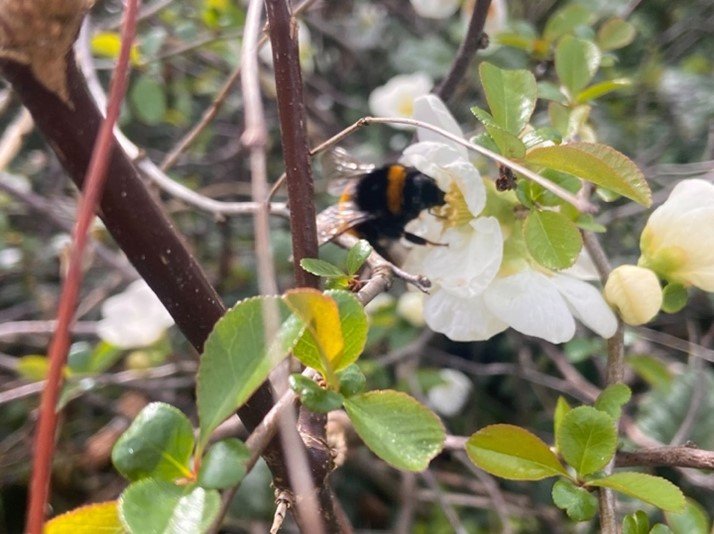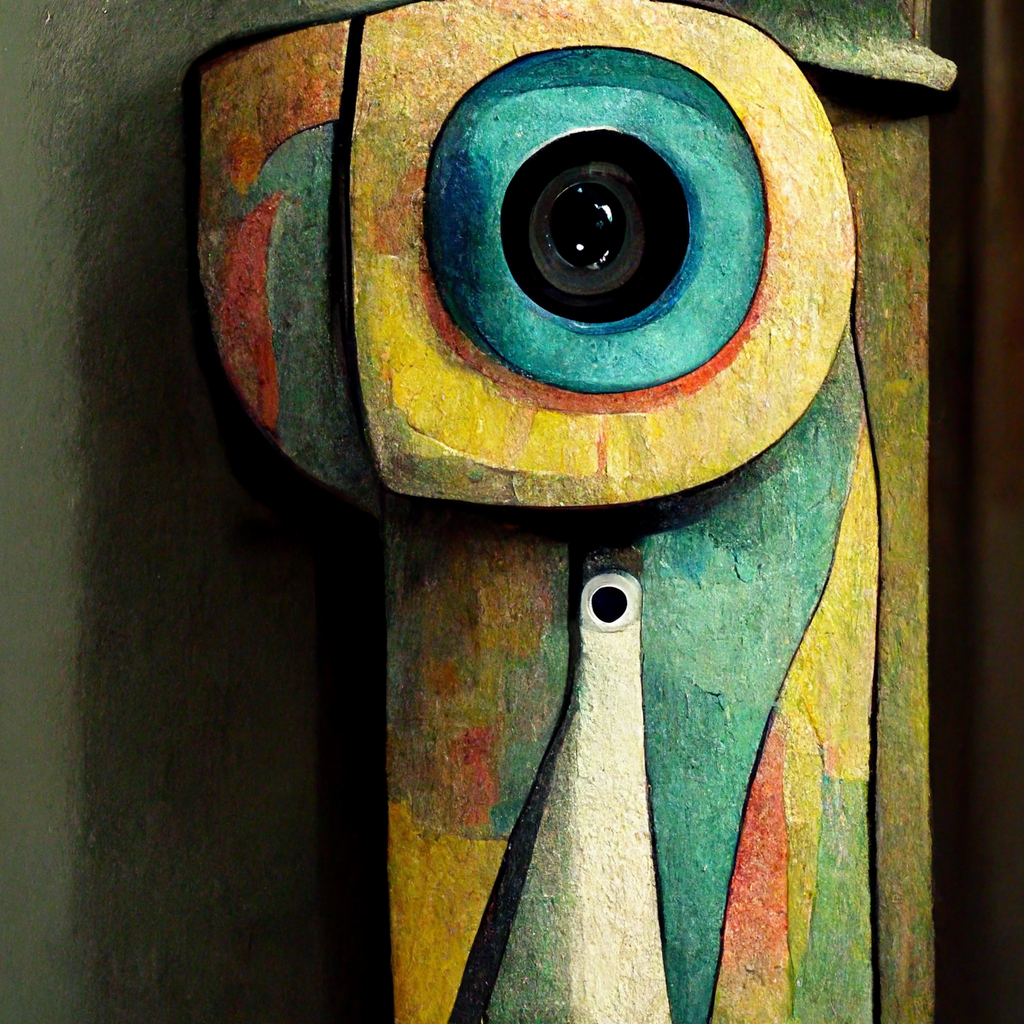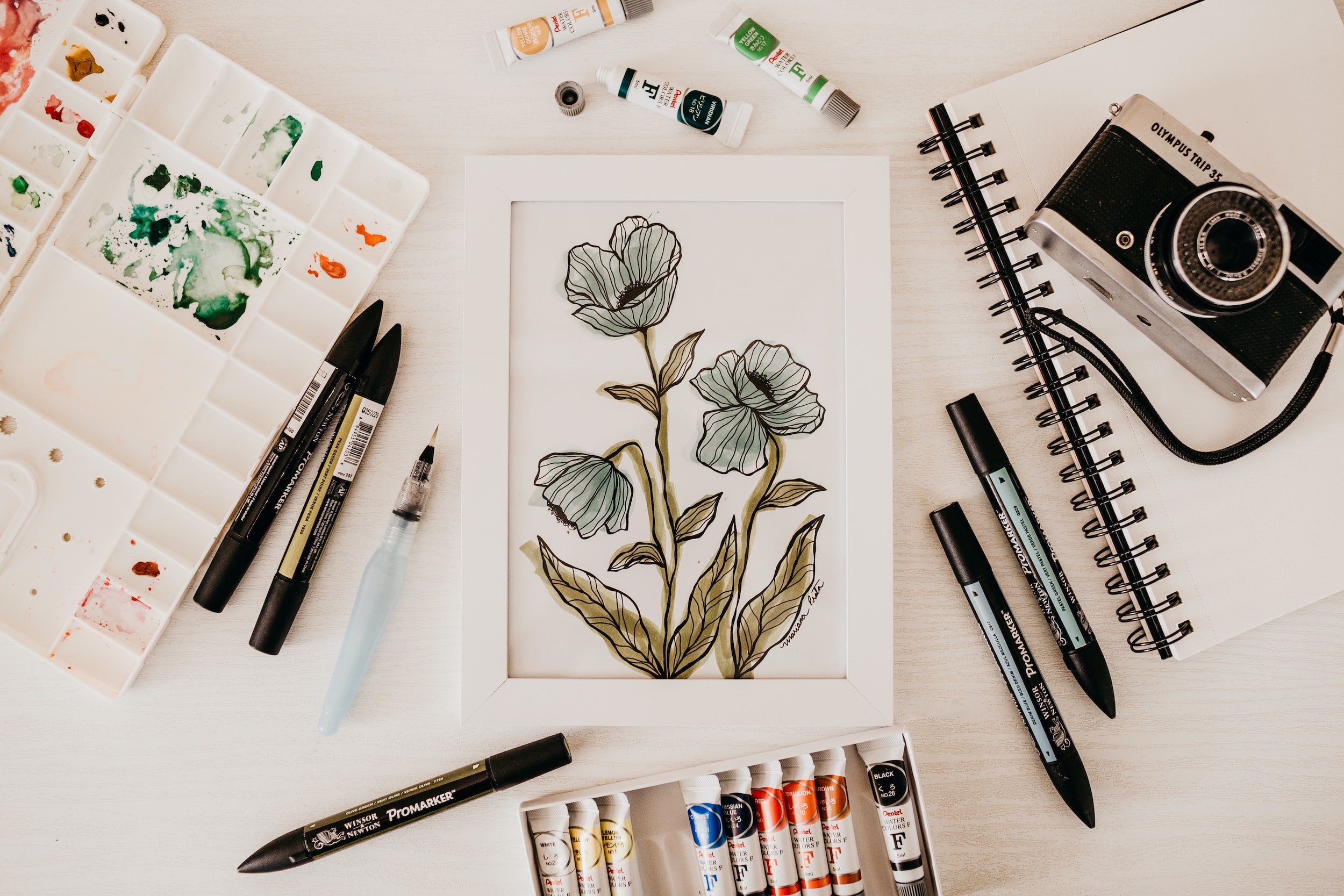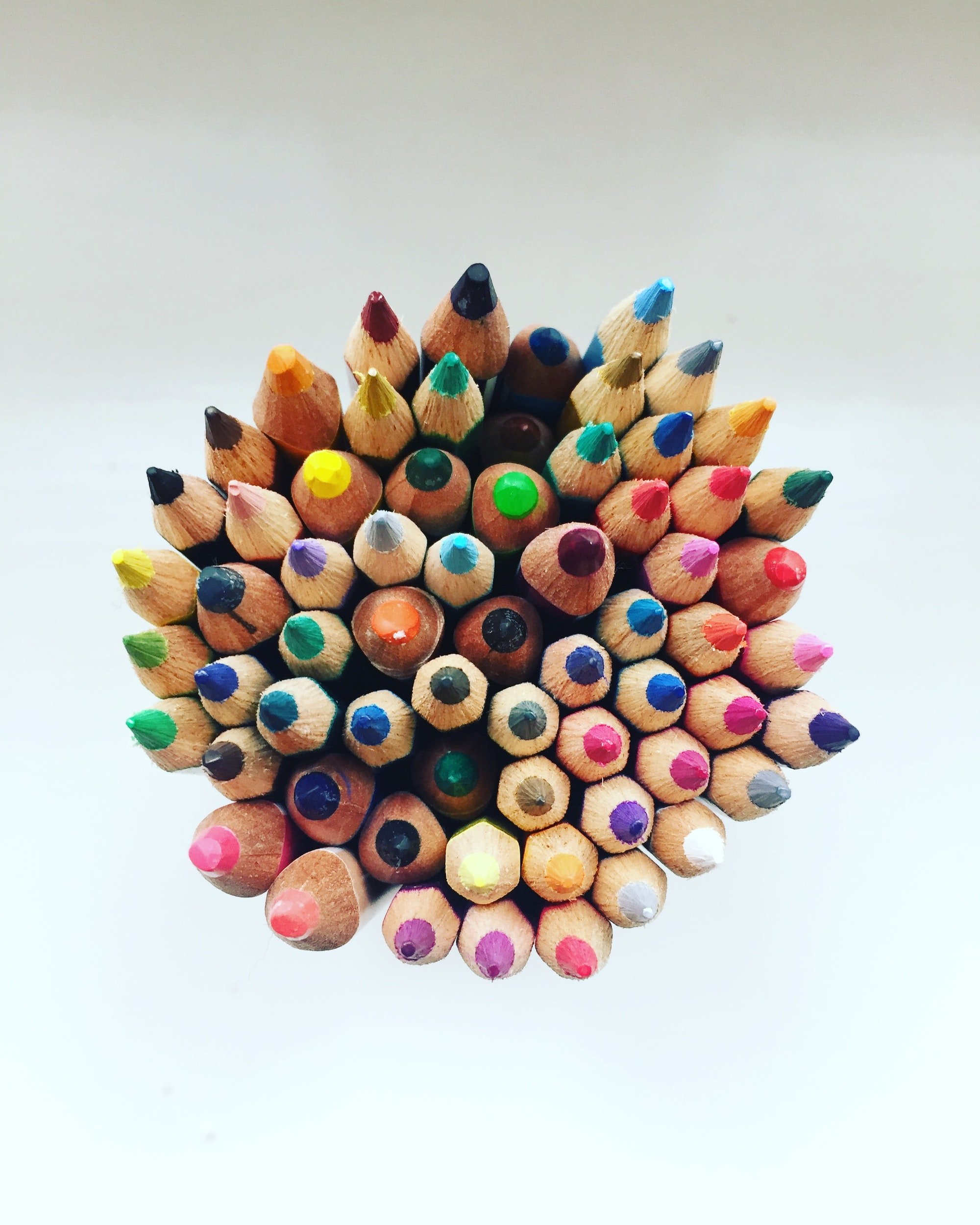The Doll’s Marriage: An Ethnographic Encounter with Rural Children and Childhood
by Azher Hameed Qamar
Dr. Qamar is a Postdoc Fellow School of Social Work at Lund University, Sweden. He is also an Assistant Professor School of Social Sciences and Humanities National University of Sciences and Technology Islamabad, Pakistan.
Methodspace is focusing on Creative, Arts-Based, and Visual Methods in December 2022. In this post Dr. Qamar discusses the use and interpretation of photographic data. To learn more about his research, see these recent SAGE journal articles:
Social Value of the Child in the Global South: A Multifaceted Concept. Journal of Early Childhood Research, 20 (2), 1-14. (open access)
Social Value of the Child (photo essay). Contexts, 21(1), 40-45. (subscription)
Photographs taken during fieldwork have contextual value in ethnographic research and can be used to recall, contextualize, and validate ethnographic data. Collier (1995) and Kawulich (2012) pointed out the significance of visual data in describing the social and cultural landscape of the context and interpreting the complex data collected during fieldwork. The pictorial representations of activities and social interactions provide the researcher with a sensory experience both during and after the fieldwork. I had interesting encounters with children and families during my ethnographic research on the social value of the child in rural Punjab (2019). Some of these encounters were also photographed. Attending a doll's marriage ceremony was one of those encounters that refreshed my fieldwork memories while also providing insight into child socialization through play activities. An ethnographer's scientific task after fieldwork is to read, describe, and interpret the pictures. As a student and researcher in childhood studies, I was fascinated by the pictures' explicit and implicit details. Hence, I developed a picture reading technique that I used to read pictures as field notes. I named this technique 'SAFSI,' which stands for See, Ask, Find, See, and Interpret. Here, I elaborate on this process by using my participation in a doll's marriage as an example.
Before I get into the details of the doll's marriage, let me give you a quick overview of SAFSI. My experience reading pictures after fieldwork was twofold: First, the pictures' explicitly visible content served as retrieval cues to recall the social interaction and encounter. Second, there are the underlying implicit details that provide the theoretical understanding of the picture's content. In this regard, I attempted to systematize my post-fieldwork picture reading activity in five steps. The first step is obviously to 'See' the image and collect the visible content. The second step is to write questions that 'Ask' about the information that requires an answer but is not explicitly available in the picture's content. The third step is to 'Find' answers to these questions in the overall field experience as well as other available data or relevant literature. This step prompts the researcher's (ethnographer's) reflective understanding of the social and cultural context of the fieldwork. After finding the answers, you should 'See' the picture again in light of those answers to see how the collected information relates to the picture's content. The last step, 'Interpretation,' is to write an in-depth description of the picture based on the information gathered in the first four steps. These five steps can help to read and describe a picture in its ethnographic context (Figure 1).
Figure 1: SAFSI – Five steps to read and describe the picture in its ethnographic context
The Doll’s Marriage: An Ethnographic Encounter with Rural Children and Childhood
One day, after breakfast, two young girls from the neighborhood (Aminah, 8 years old, and Naima, 6 years old) came to me with their elder brother (Abbas – 16 years). Abbas told me that his sisters wanted to invite me to the doll's marriage at their home. As a Punjabi, I was aware that doll marriage is a popular indoor activity among young Punjabi girls. I expressed my willingness to attend the marriage ceremony. I went to their house in the afternoon and found a corner of the courtyard decorated for the doll's marriage. There were already a few 'guests' whose ages ranged from 4 to 10 years. The pictures shown here present the physical setting of the doll's marriage. Following the first step (See) of the SAFSI picture reading technique, I will describe these pictures. Following that, I'll take the next four steps to connect all of the pictures interpreting the doll's marriage in its social and cultural context.
Figure 2. Children playing doll’s marriage in a Punjabi village
In these pictures (Figure 2), I pay attention to the content details and identify the objects, people, and settings. I can divide the content of the pictures into four categories:
Dolls and related items: dolls (in clothing), beds, kitchen utensils, jewelry box, gift money
Food: Snacks and sweets will be served to the guests.
Decorations: Flowers, a printed floor mat, and a trophy.
Guests: Children in gendered clothing. Two boys are younger than the four girls.
Brief description of the picture: By arranging their doll's marriage, the two girls sitting on the mat are imitating the traditional marriage ceremony. The size of the dolls varied significantly, and the girls told me about the bride and groom dolls identifying their gendered clothing. The bride wears a piece of cloth around her head called a 'dupatta' in Punjabi. Dowry items include beds and kitchen appliances. The gift money is the money that guests gave to the bride and groom, which is traditionally referred to as 'salami' in Punjabi. Food items are for the guests' ceremonial feast. The printed mat is a special seating area in the gathering for the bride and groom. For decoration, flowers were used. However, the girls were unsure whether the trophy was for decoration or a gift for the groom. Most of the guests were young girls (not all the children are shown in this picture). There were only two young boys under the age of five.
The images below (Figure 3) show a close-up of the dolls and dowry described above.
Figure 3: Bride, Groom, Dowry, and Decoration
After observing the pictures, I drafted a list of questions that needed to be answered to understand the social and cultural knowledge of the doll's marriage as depicted in these pictures. For example:
1. How do the girls tell the difference between the bride and groom? What role does clothing play in this situation?
2. How do the girls represent dowry customs? What significance do dowry items have in this case?
3. What is gift money, and how is it seen as a tradition represented by these girls in this doll's marriage?
4. In the doll's marriage, how do the girls imitate ceremonial feast serving?
5. Why are there only two young boys under the age of five as guests, whereas the girls are of varying ages?
The answers to these five questions can provide cultural insight into marriage ceremonies as they are played out in this doll's marriage. Though the researcher can use various sources (such as primary data or relevant literature) to find answers to these questions, as a native researcher recalling my interactions with these girls, I will provide answers (below) to these questions.
1. The dolls were dressed in gender-specific clothing to distinguish between the bride and groom. 'Duppata' is an essential part of a woman's clothing. Women in Punjabi culture wear a dupatta, that covers their head, shoulders, and chest. Susan de-Gaia (2018) mentioned Duppata as a traditional South Asian women's garment used to cover the head and shoulders. In the gendered clothing of the bride and groom, the girls demonstrated their social and cultural practice.
2. Dowry is a gift (in the form of money, property, or goods) from parents to their daughters. Dowry is known as Jahez in Urdu and Punjabi, and it serves social, cultural, and economic purposes. In the dowry, the girls include jewelry and kitchen items that represent the traditional woman in Punjabi culture. Wearing jewelry and cooking are 'woman-things' that define her gendered description and role.
3. Gift money, also known as 'Salami,' is money given to the bride and groom by their guests. This is an important tradition that promotes reciprocity in social networks. The bride and groom's parents make note of the gift money to be returned when they attend the marriage ceremonies. Even though they were aware of the tradition, the girls had no intention of 'paying back.' The 'salami' they collected was a fortune in the form of pocket money for them.
4. On marriage day, the bride's parent serves the ceremonial feast to the guests. The girls arranged the feast for the guests, though these were sweets and snacks, and not the cooked food. Sometimes mothers cook food for the guests invited to the dolls' marriage.
5. The doll's marriage is seen as a girls' play. It is an indoor activity, and the local knowledge that girls use in this activity is usually related to doll clothing and dowry items. Boys over the age of five participate in outdoor activities that girls do not. Hence, the doll's marriage also presents a gendered play space and activities that serve the purpose of gender and culture socialization.
Now I proceed to the fourth step of reading the pictures: connecting the information learned from the answers with the content of the pictures. The goal here is to see if the answers can help me visualize these still pictures as a social and cultural animation in which the doll's marriage is seen as a socialization practice. Because the answers are based on the researcher's reflections and primary data, this step also facilitates contextualizing the picture and primary data at the same time.
The fifth and last step is to provide an interpretation of the pictures that may reflect on the doll's marriage as a social and cultural construction of childhood knowledge and learning. Based on the information presented above (collected through the first four steps of SAFSI), I interpret dolls' marriage in the Punjabi social and cultural context as follows.
Play activities are necessary for socializing children and teaching them about culture. One of these indoor activities in which children imitate marriage ceremonies and customs is the doll's marriage. Because dolls are perceived as girls' toys, the girls arrange dolls' marriages. To give the play a ceremonial form, they personify the dolls as bride and groom. Learning to do gender includes preparing the clothing to represent the dolls as male and female, as well as arranging a dowry for the bride doll. The marriage of the dolls is a group activity in which children use their local knowledge of arranging marriages to engage in joyful learning of family culture and traditions. Besides that, inviting guests, receiving gift money, and serving food are all part of this cultural script, and adults' participation in these activities reinforces children's social learning.
SAFSI: Advantages and Limitations
SAFSI was used to read and describe pictures from my fieldwork. Unlike visual anthropology, these pictures were not used as primary data in my research. However, SAFSI was an interesting picture-reading process for three main reasons:
· First, I was able to recall fieldwork memories associated with the picture. As a result, the content of the picture after the fieldwork was providing retrieval cues.
· Second, my attempts to 'Ask' and 'Find' were beneficial in learning the symbolic manifestation of the content in its social and cultural context.
· Third, the 'Interpretation' section assisted me in contextualizing my primary data collected through interviews, informal conversations, and field notes.
However, there is a limitation to using this technique to read pictures. The pictures I read and described were taken during the fieldwork. These pictures include not only the content but also the context of the picture. I am curious to see if SAFSI can be used to read pictures that the researcher did not take during fieldwork.
References
Collier, J. (1995). Photography and visual anthropology. In Paul Hockings (ed) Principles of visual anthropology, New York: Mouton de Gruyter, pp. 235-254.
de-Gaia, Susan (16 November 2018). Dupatta. Encyclopedia of Women in World Religions: Faith and Culture across History [2 volumes]. ABC-CLIO. p. 47.
Kawulich, B. (2012). Collecting data through observation. Doing social research: A global context, 6(12), 150-160.
Qamar, A.H. (2019). Infant Healthcare Belief Practices and Social Value of the Child in Rural Punjab, Pakistan (Doctoral thesis). Norwegian University of Sciences and Technology (NTNU), Trondheim, Norway
























Sometimes taking a break from the keyboard to write by hand unleashes creativity.